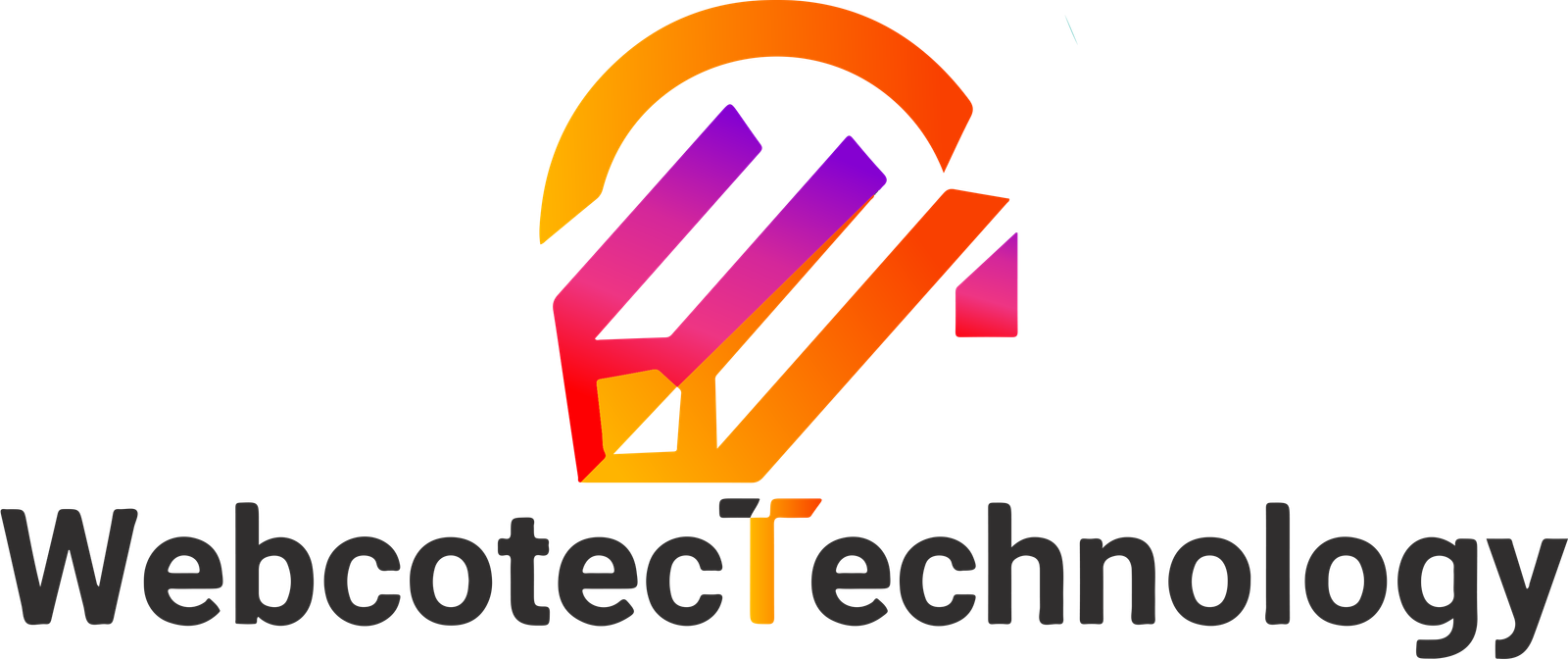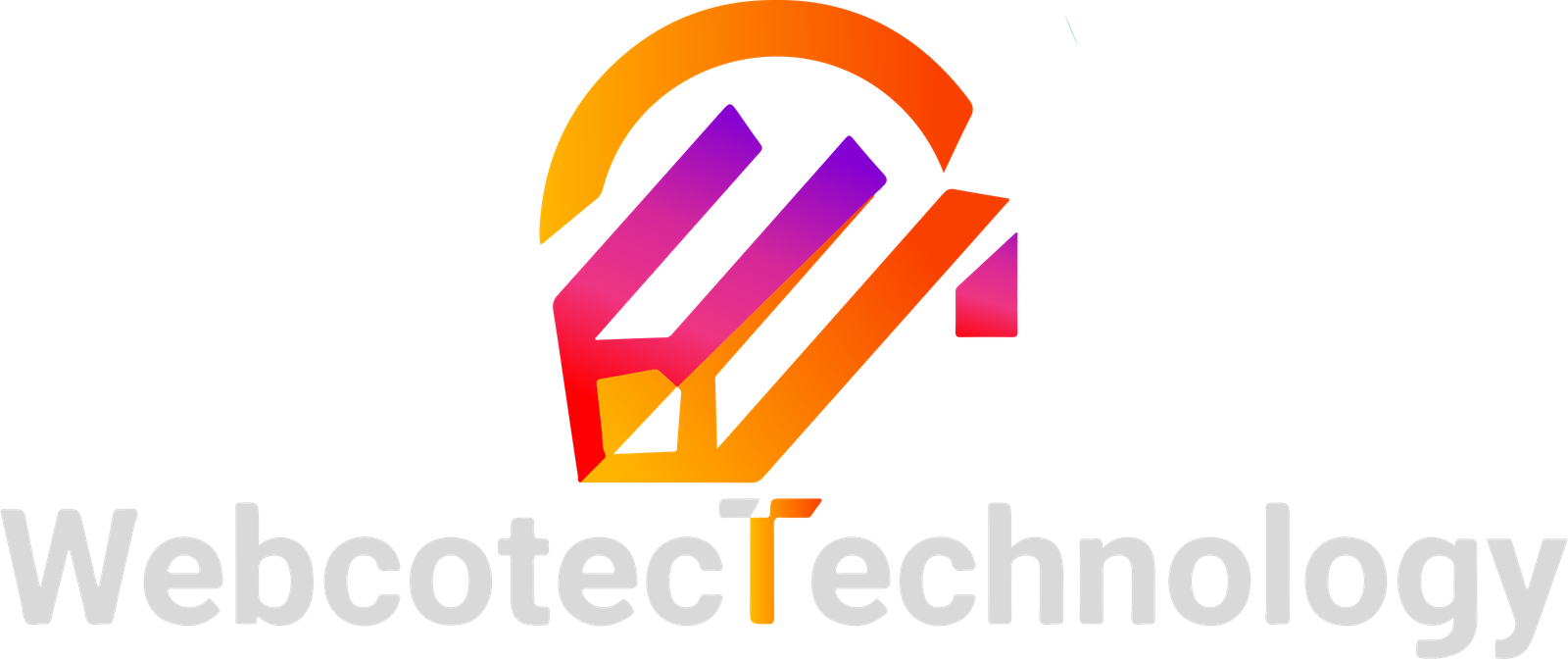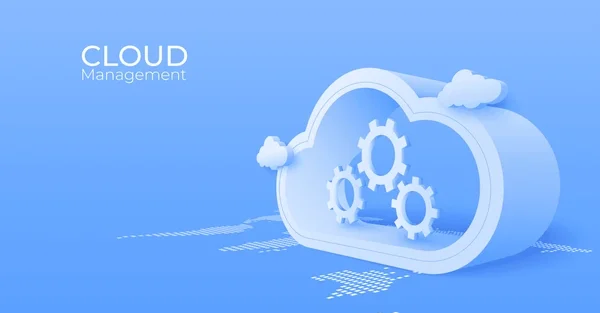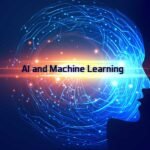Cloud Computing Innovations: Shaping the Future of Technology
In today’s fast-paced digital age, cloud computing stands at the forefront of technological innovation, transforming how businesses operate and innovate. From enhanced scalability to advanced security features, cloud computing continues to drive efficiency, agility, and cost-effectiveness across industries. This blog explores the latest innovations in cloud computing, their impact, benefits, challenges, and future trends.
Understanding Cloud Computing
Cloud computing refers to the delivery of computing services—such as servers, storage, databases, networking, software, and analytics—over the internet (“the cloud”). Organizations leverage cloud services to access resources on-demand, scale operations dynamically, and reduce upfront infrastructure costs compared to traditional on-premises solutions.
Latest Innovations in Cloud Computing
1. Serverless Computing
Serverless computing, or Function-as-a-Service (FaaS), represents a paradigm shift in cloud architecture. It enables developers to deploy code without managing underlying infrastructure. Benefits include reduced operational overhead, automatic scaling based on workload demands, and cost efficiency by charging only for actual compute time.
2. Edge Computing
Edge computing brings computation and data storage closer to the location where it is needed, reducing latency and bandwidth usage. This is particularly beneficial for applications requiring real-time data processing, such as IoT devices, autonomous vehicles, and augmented reality (AR) applications.
3. Containers and Kubernetes
Containers provide lightweight, portable environments for deploying and managing applications. Kubernetes, an open-source container orchestration platform, simplifies container management, automates deployment, scaling, and operations of application containers across clusters of hosts, improving efficiency and resource utilization.
4. Multi-Cloud and Hybrid Cloud Strategies
Organizations increasingly adopt multi-cloud and hybrid cloud approaches to diversify risk, optimize performance, and avoid vendor lock-in. Multi-cloud enables workload portability and redundancy across different cloud providers, while hybrid cloud integrates on-premises infrastructure with public and private cloud services, offering flexibility and control.
Benefits of Cloud Computing Innovations
– Scalability and Flexibility:
Cloud innovations enable organizations to scale resources dynamically in response to fluctuating demand, ensuring optimal performance and cost efficiency.
– Cost Efficiency:
Pay-as-you-go pricing models and resource optimization features reduce upfront costs and operational expenses associated with maintaining on-premises infrastructure.
– Enhanced Security and Compliance:
Advanced security measures, such as encryption, identity management, and compliance certifications, enhance data protection and regulatory compliance in the cloud.
– Innovation Acceleration:
Cloud computing fosters rapid innovation by providing access to cutting-edge technologies, AI, machine learning, and big data analytics tools that drive business growth and competitive advantage.
Challenges and Considerations
– Security and Data Privacy:
Addressing concerns related to data breaches, compliance, and data residency regulations requires robust security measures and governance frameworks.
– Integration Complexity:
Integrating diverse cloud services, legacy systems, and on-premises infrastructure poses integration challenges, requiring careful planning and execution.
– Skill Gap:
There is a growing demand for cloud expertise, including skills in cloud architecture, DevOps practices, and security management, necessitating ongoing training and upskilling initiatives.
Future Trends in Cloud Computing
– Artificial Intelligence (AI) and Machine Learning (ML):
Integration of AI and ML capabilities into cloud platforms for enhanced automation, predictive analytics, and intelligent decision-making.
– Edge AI and IoT Convergence:
Combining edge computing with AI to process and analyze IoT data at the edge, enabling real-time insights and actionable intelligence.
– Serverless and Container Orchestration Advances:
Continued advancements in serverless computing and Kubernetes orchestration for improved application deployment, management, and scalability.





